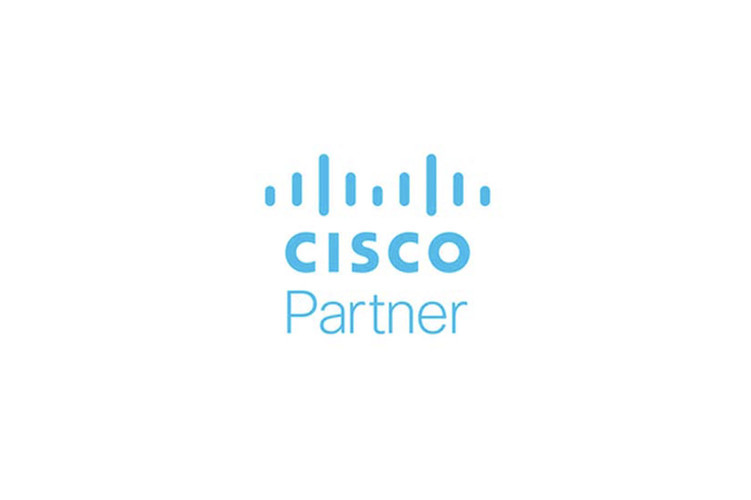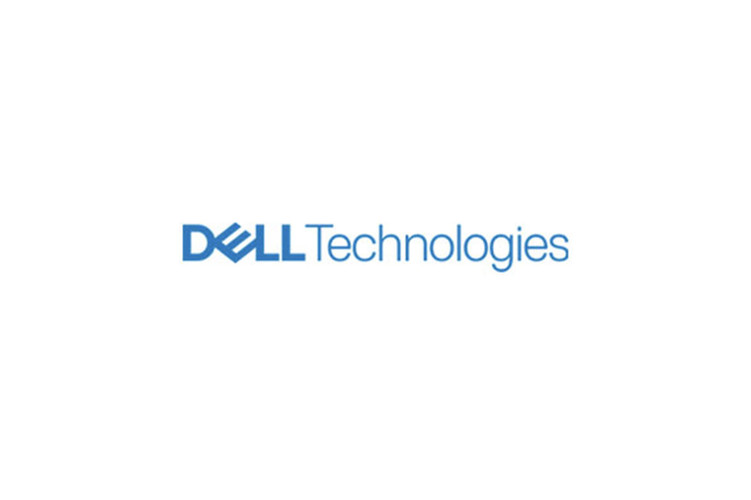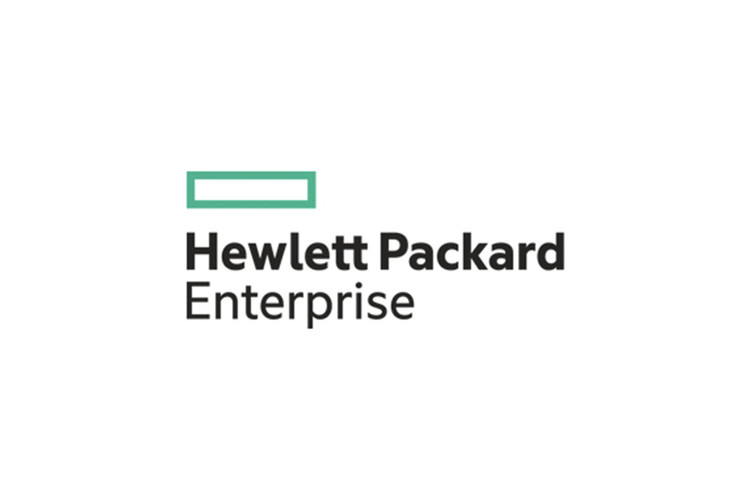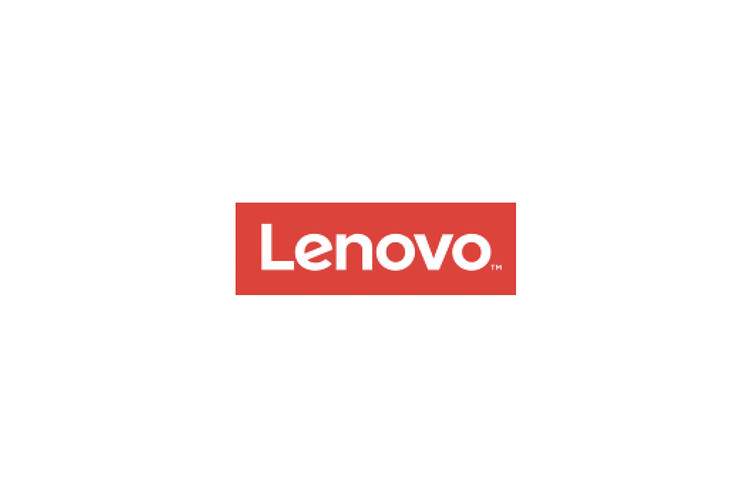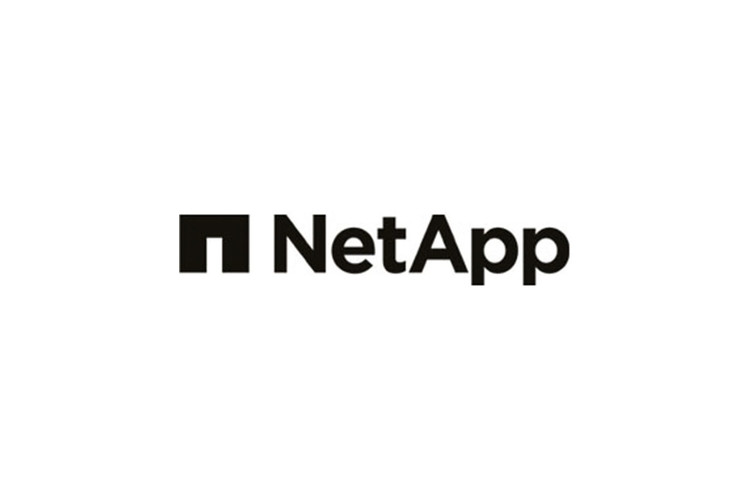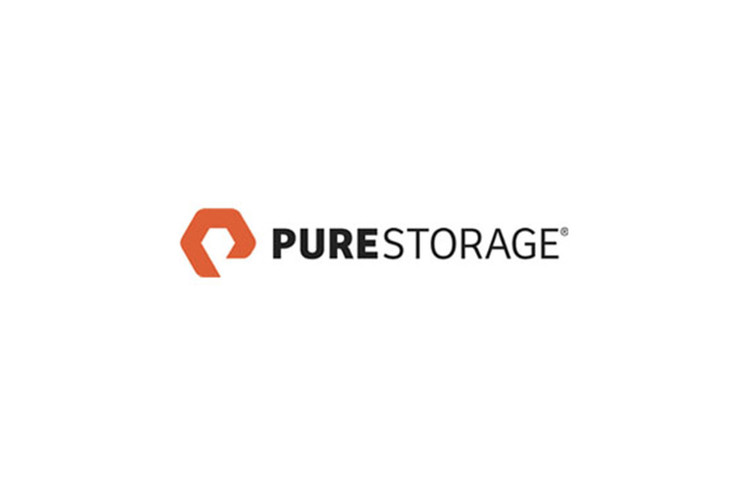Many businesses want the IT capabilities that a data center provides without the daunting responsibilities of running a data center. While the cloud may be a useful option for some organizations, it isn’t for everyone. Compliance issues and other hurdles may limit the workloads that organizations can place in the cloud.
Data Center as a Service (DCaaS) can provide the resources that organizations need without burdening them with the demands of data center operation.
In a DCaaS engagement, a third-party provider runs a data center for a customer. The customer leases access to the data center, including servers, networking, storage and other computing resources. A recent report by Grand View Research forecasts that the market for DCaaS will grow significantly in the coming years, as companies pursue the cost-efficiency, scalability, flexibility and management that it delivers.
The report adds that some industries are expected to have a greater demand for data center services, including the healthcare industry. Other sectors that are likely to see strong demand for DCaaS include manufacturing and retail, says Derek Hay, a field CIO for CDW. “DCaaS is a good fit for industries that maybe are a little more likely to use packaged applications,” he adds.
As interest in DCaaS grows, IT leaders considering this option must gain a greater understanding of what to look for in a partner and how they can optimize the results of a DCaaS engagement.
Click the banner below to learn how to revolutionize your data center transformation.
Find the Right DCaaS Partner
To make the most of a DCaaS engagement, an organization should look for a partner that meets its needs. Hay advises IT leaders to consider potential partners’ track records. Those with a history of delivering effectively on availability, performance and cost should be strongly considered.
Many industries face strict compliance requirements, such as the Payment Card Industry Data Security Standard and the European Union’s General Data Protection Regulation. DCaaS decision-makers should work with providers to meet the compliance demands of these regulations.
Hay also recommends that IT leaders look for DCaaS providers that can deliver simplicity and flexibility. On the flexibility side, the provider should be willing to work with customers on the terms and conditions of their service-level agreements.
DISCOVER: Find out how data center as a service can help your organization.
For simplicity, it’s often useful for companies to work with providers that offer compatibility with their current technology stack. For example, Hay says, “if you have a lot of investments in a specific vendor's hardware, you should probably look at a provider that also uses that vendor because it’s in your stack, and it works with everything else in your environment.”
Organizations should target DCaaS engagements that align with their overall tech stack, providing simplification and standardization. Urban Haas, a field CIO for CDW, says, “DCaaS should be simplifying your story, not making it more complex.”
Optimize Your DCaaS Engagement
Once a company selects a DCaaS provider, Haas and Hay suggest that IT leaders take steps to get the most value out of the engagement. One important step is to use an application programming interface to integrate the DCaaS with a service management platform such as ServiceNow.
For ticketing of incidents and change control, IT leaders should try to find a provider that integrates well with their organization’s existing service management platform. This provides a single portal through which an organization can manage the operational elements of its DCaaS. “You want it to be simple and easy to deploy resources into that environment,” Haas says. “You want to have as little friction as possible and make it as easy as possible.”
Haas further recommends that IT leaders have regular service reviews with the provider to give feedback on the performance of the DCaaS. This also establishes an opportunity for planning to address capacity needs and upgrades. By looking forward, organizational leaders and DCaaS providers can map out how the IT environment will adapt to the changing needs of the company.
IT leaders also should maintain clear visibility into and control of their costs in a DCaaS environment. The predictable spending on IT as an operating expense is one of the benefits of DCaaS, but this requires an accurate picture of the consumption of resources. Organizations can use financial tools to provide this look, enabling IT leaders to identify factors that drive consumption and help them forecast expenses.
“I want to have predictability in my spending,” Haas says. “I need to know what rules, restraints and governance I have on spending.”
Ultimately, organizations that effectively optimize their IT environments can see all the benefits of flexibility, performance and availability while controlling costs and simplifying workflows.
Brought to you by:







